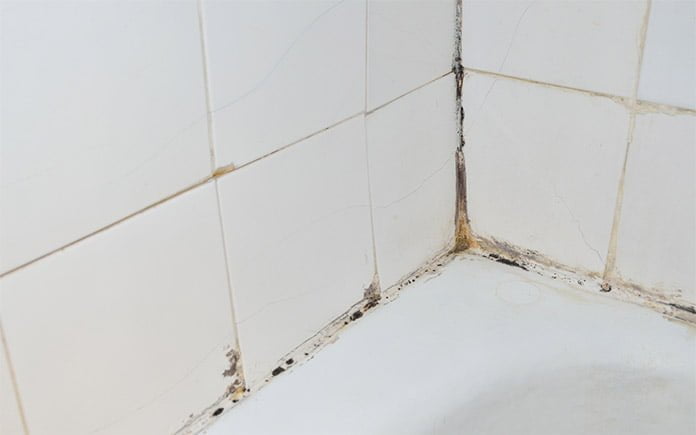
Finding mold in your home can be very disheartening. Even worse is finding out the cost of professional mold removal.
A few factors must be determined before deciding whether you can do the mold removal and clean-up yourself or hire a company to do it for you.
Here is what you need to know.
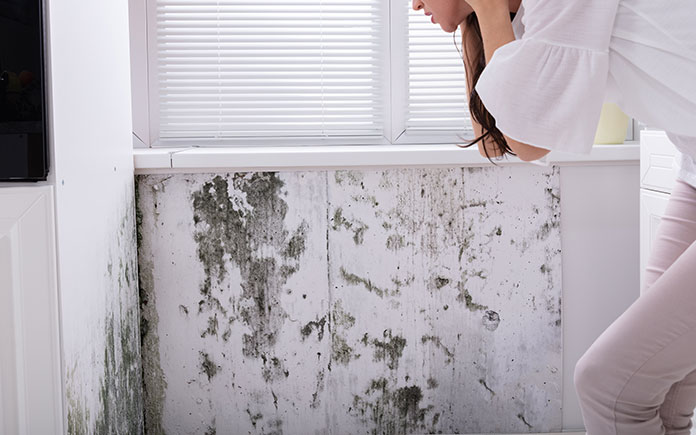
Consider the Area’s Size
The biggest determining factor in whether to hire a mold professional is the size of the affected area. The Environmental Protection Agency recommends that, in most instances, a licensed professional should only be contacted if the area exceeds 10 square feet.
Unfortunately, determining the size of the area is not always easy because mold may be hidden on the backside of your home’s walls.
Finding a small area of mold on the walls’ front side doesn’t mean you won’t find larger areas within the wall cavity.
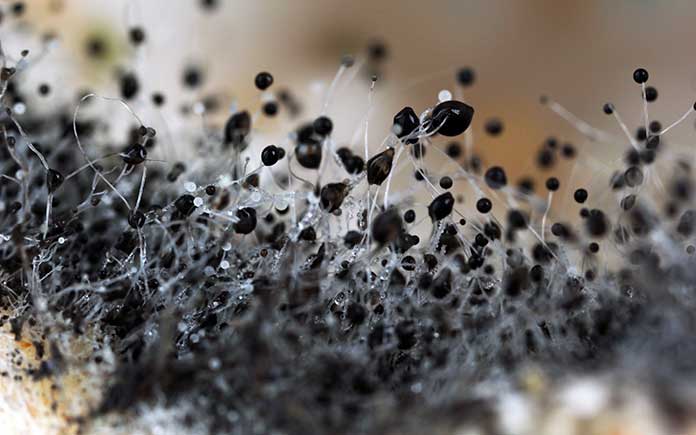
Mold Spores: Invisible to the Eye
Finding a colony of mold on a water-damaged area in the home can be quite simple because you can see it.
However, determining if mold spores are airborne is not so easy. Microscopic mold spores can travel through your air conditioning system, and can be breathed in by you and your family.
When this is the case, it is wise to hire a professional mold removal company to perform a task called “micro-cleaning.” This process involves sanitizing all building materials, personal contents, and the air itself within the affected area.
But how do you know if mold spores are airborne?
Air sampling is a process that collects air into a cassette over a short time (approximately 5-10 minutes). Once the sample of air is obtained, the cassette is sent to a laboratory for analysis under a microscope.
You can collect air samples in your home with an at-home pump kit, or a mold assessor can perform a mold inspection for a fee.
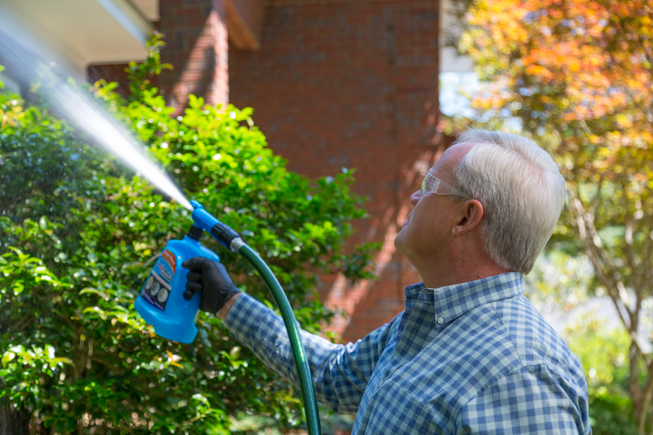
Surface Mold: What You Should Know
Mold on the surface of non-porous items can typically be cleaned and is not harmful. Using a product like Wet and Forget can be effective in mold removal on non-porous belongings.
On the other hand, mold on porous items such as carpet may be more difficult to remove.
The cause of surface mold is usually a humidity issue. High relative humidity in a home can be caused by living conditions such as running the air conditioning with the windows open. Or it could indicate a more significant problem such as an air conditioning system malfunctioning.
If you notice heavy condensation from your vents, it may be a sign that your system isn’t working, and you will need to contact a Heating, Ventilation and Air Conditioning professional.
So, while you can handle the mold removal, the cause of the problem will need to be identified.
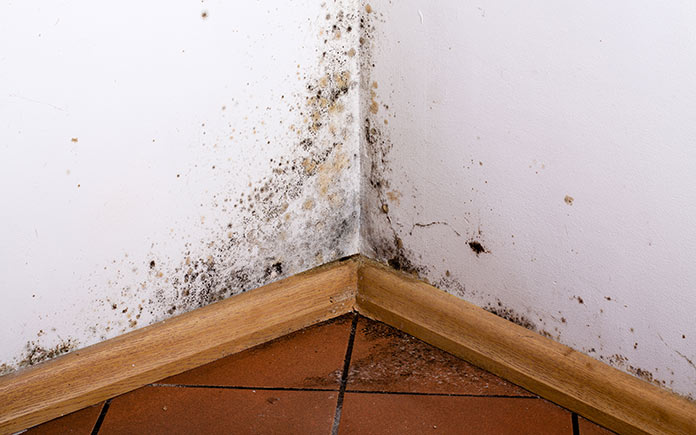
Time is of the Essence
If a leak occurred in the home, it needs to be dried right away. The longer building materials are wet, the more likely mold will grow. Mold can grow in as little as 48 hours under the right conditions.
If a home floods, big fans called air movers and commercial dehumidifiers should be installed in the house right away.
Baseboards tend to hold moisture behind them, so they should be removed in the affected area. Make small holes in the wall behind where the baseboard was to dry out the inside of the walls.
The quicker you react to a leak, the less likely it will be for mold to grow.

Black Mold: It’s Not All Dangerous
Mold comes in all patterns and colors, but black mold gets the notoriety. Just because mold is black does not mean it’s toxic.
When people refer to black mold, they are referring to a type of mold called Stachybotrys, which only grows when water damage is present over a long time.
Black surface mold in a small area that’s not water damaged can typically be cleaned or removed by you. But while not all black mold is toxic, it can still upset the allergies. Tread carefully!
Brad Fishbein is the owner of Lookmold.com.
So, now you know some basics about mold removal. Have you had mold in your home? Share your experiences in the comments!



